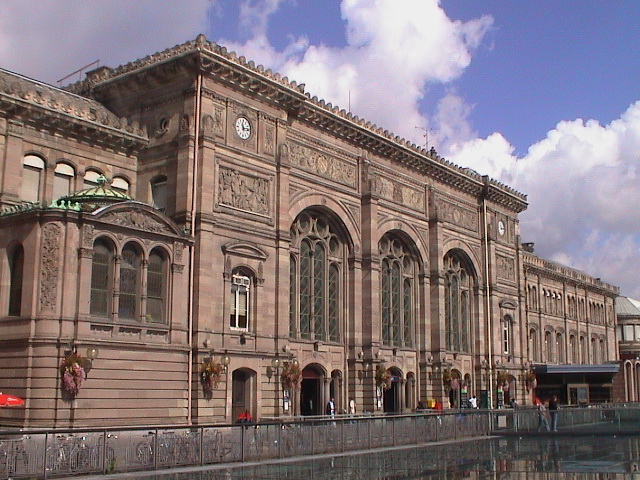
| direct current |
Edison |
directly substitutes for a battery |
| single alternating current |
Westinghouse |
easy to change the voltage so you can
transmit longer distances with less loss split is a way of using a single current to try to get some of the advantages of polyphase |
| polyphase
alternating current (two or more, out of phase) |
Tesla |
much more efficient motors but no better than
single alternating for lighting |

What do we learn in these chapters about Tesla's
process of invention:
Tesla gets the opportunity to work for the Edison
company in Paris
but they aren't yet interested in motors or AC
he got a chance to experiment with actually building an AC motor
in Strasbourg in late 1883
discovered that what he imagined in his mind didn't initially
work because there were other issues such as using the right
materials
Tesla is beginning to look unsuccessfully for a
partner to put up money to develop the motor
Tesla's success in improving dynamos (generators)
gets him a job with the Edison company in New York (the city
does not impress him)
Quits because he doesn't get bonuses and the arc
lighting system he designs isn't put into use, finds partners to
build an arc lighting system in New Jersey but they then drop
the manufacturing side and leave Tesla with no profits from his
inventions
Tesla then invented a very simple thermoelectric
motor
This brought him partners who better understood new technology
and business strategy--an alternative set up patents made it
possible to set up a competing company
they even supported Tesla as he tried generating ideas that did
not work
Patent and business strategy at the time:
Tesla turned back to the motor and figured out how to do it with two polyphase currents (four wires) instead of 3, but wasn't interested in the simpler split phase (two wire)
meanwhile alternating current is catching on, led
by Westinghouse, but it isn't the right kind of alternating
current